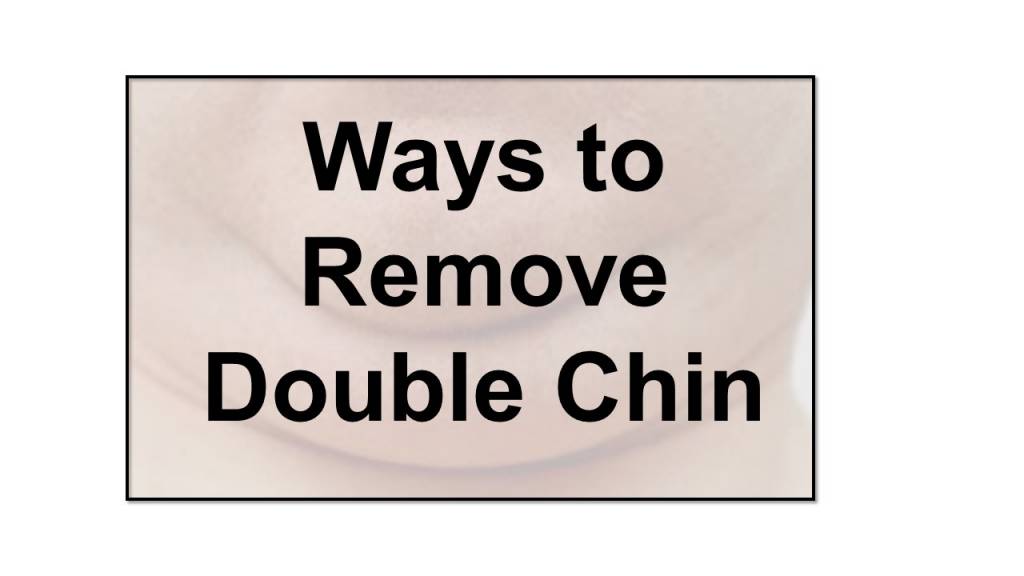
A double chin is a common condition that occurs when a layer of fat forms below your chin. A double chin is often associated with weight gain, but you do not have to be overweight to have one. Genetics or looser skin resulting from aging may also cause a double chin.
Cause of Double Chin
Age – As you get older, the elasticity in your skin starts to diminish. This reduction in elasticity can make your skin get saggy and loose in your chin and elsewhere on your body.
Excess fat – A double chin often means that the fat in your full face has nowhere else to go except under it. In other words, your double chin is a result of excess weight and fat. Being overweight does not necessarily lead to a double chin, but it can contribute to the likelihood of developing one.
Genetics – Look at the other people in your family. Do they, too, have double chins, regardless of their age or weight? If they do, you may have a propensity for fat to accumulate in your chin.
Anatomy – Some people simply have shorter jawlines, making a double chin hard to avoid. Also, a weak jawline or chin can make your chin look double, even if it is not.
Poor posture – Poor posture can cause all sorts of health and beauty problems. Aside from neck, back, and shoulder pain, slouchy posture can weaken the neck and chin muscles. Over time, these weakened muscles lead to weakened and saggy skin.
Treatment Options
Exercises – Here are few exercises that may help strengthen and tone the muscles and skin in the area of your double chin
Straight jaw jut
- Tilt your head back and look toward the ceiling
- Push your lower jaw forward to feel a stretch under the chin
- Hold the jaw jut for a 10 count
- Relax your jaw and return your head to a neutral position
Ball exercise
- Place a 9- to10-inch ball under your chin.
- Press your chin down against the ball.
- Repeat 25 times daily.
Neck stretch
- Tilt your head back and look at the ceiling.
- Press your tongue against the roof of your mouth.
- Hold for 5 to 10 seconds and release.
Other Treatment Options for a double chin
Liposuction: This procedure removes fat from beneath the skin and sculpts the chin and neck contour. Liposuction typically requires only local anesthetic to numb the general area. General, patients usually need about eight weeks to recover from liposuction, with some swelling still present up to month six..
Mesotherapy – Mesotherapy is a minimally invasive procedure that delivers small amounts of fat-dissolving compounds through a series of injections. The side effects are nausea, pain, sensitivity, swelling, itching, redness, bruising and bumps at the injection site.
Kybella Injection – In 2015, the Food and Drug Administration approved deoxycholic acid (Kybella), an injectable drug used in mesotherapy. Deoxycholic acid helps your body absorb fats. Though Kybella is nonsurgical, some common side effects include pain, swelling, bruising, redness, and numbness. The recovery process associated with Kybella is minimal in most cases, and downtime varies from person to person. Minor side effects typically subside in 2-3 weeks.
Microneedling RF Technology – It uses high intensity radiofrequency to treat excessive fat in the neck. It gets to the fat by use of the microneedling delivery system. By adjusting the power and pulse duration, fat along the jawline, jowls, and submental area can be treated. This is noninvasive procedure with no downtime. We found this treatment to be very effective.
Please book your initial consultation by clicking here >>>

